tl;dr summary: Starbucks' mobile order system demonstrates significant variability both in the organization of pickup areas and in how beverages like the Nitro Cold Brew are handled across different locations. Inconsistencies persist, such as different labeling methods and the timing of Nitro Cold Brew preparation, which varies with some stores waiting for customer presence to ensure freshness. This store-to-store variation complicates the pickup process, especially during busy times. Recent technology additions like status notifications on mobile devices aim to improve the ordering experience, though their effectiveness and integration into the workflow remain questionable.
As the use of mobile ordering has expanded at Starbucks (and other quick service restaurants), I see varying levels of “process” at different companies. I even see variations in this process from store to store at Starbucks.
I remember when mobile ordering had just started, and picking up an order meant the customer would either:
- Ask a barista for your order, and they'd hand it to you (if it was already ready or after they made it)
- Go to a small shelf that had room for maybe a dozen drinks or items
In recent years, the process has changed (and the order volume has increased) to where most stores use a section of countertop to place drinks as they are made. Some stores have more counter space than others.
But even when they have the same size counter, there are two methods for organizing drinks.
The first has three columns for drinks or food items that are based on first names:
- A to G
- H to M
- N to Z
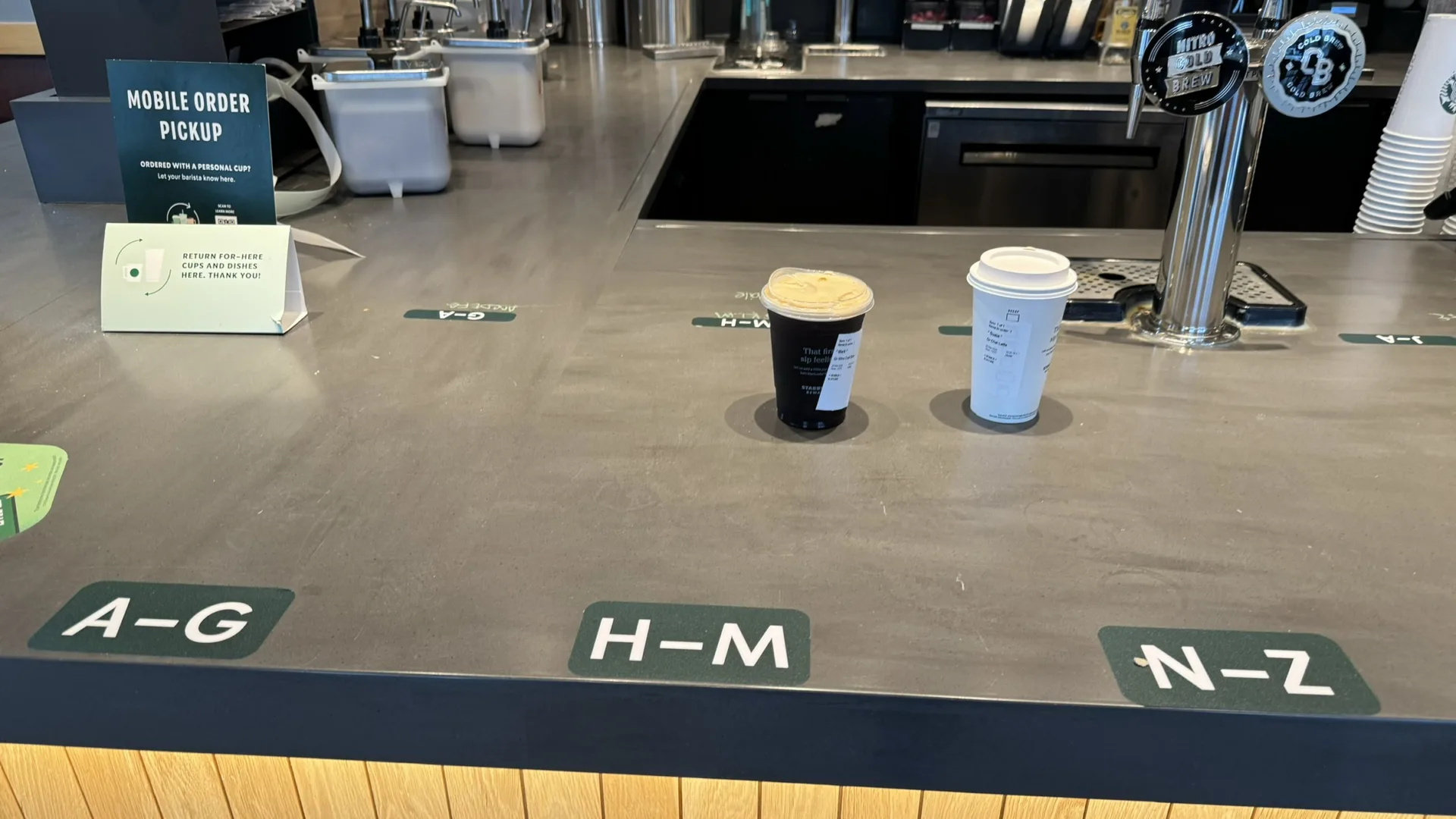
I just now noticed that the barista side of the counter has letters facing them, from left to right on their side:
- Z to N
- M to H
- G to A
I'm surprised they didn't use the same stickers. Or I guess I'm surprised those stickers are even needed on the barista side. It's not that complicated of a system, and I'd trust the baristas to figure it out pretty quickly. I wonder if any baristas have felt insulted by the labels facing them?
Then there's the system with three vertical rails, with letters going from front to back on each rail.
It's not perfectly clear if an “M” drink for Mark would be to the right of the M or the left. But, this time, as a customer, I'm able to figure it out easily enough.
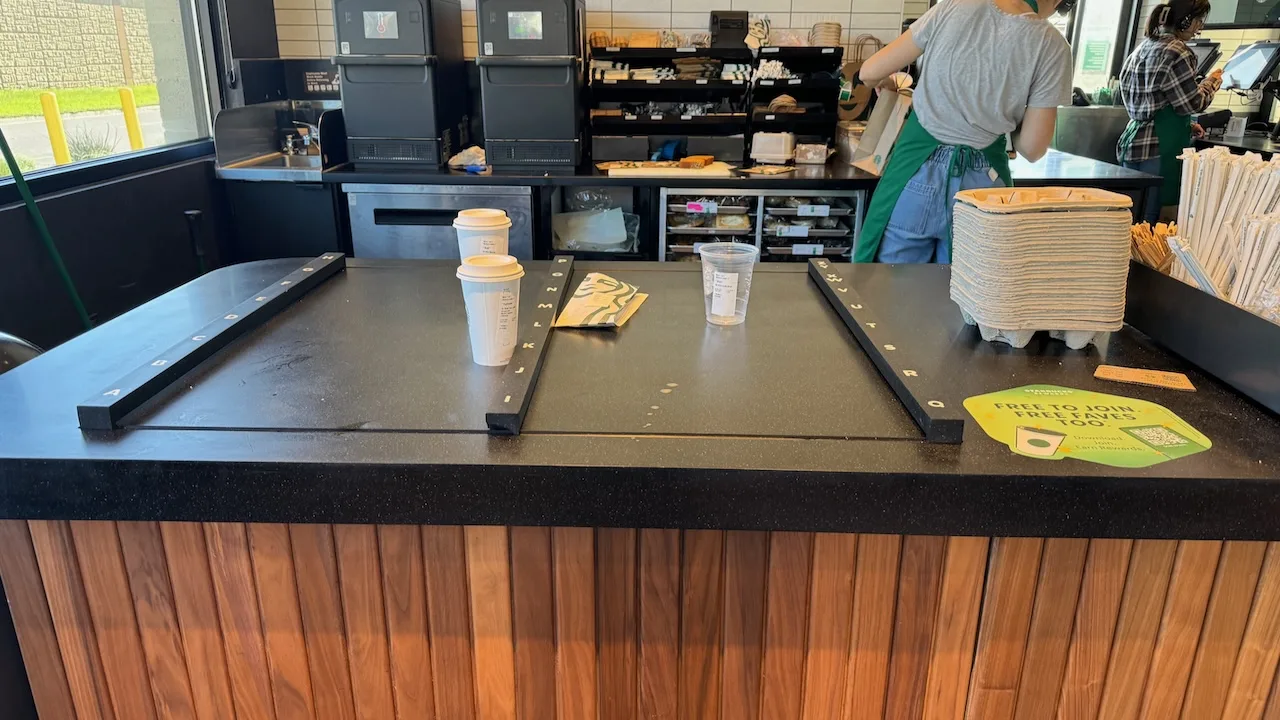
I'm surprised that Starbucks corporate-owned stores have variation in the visual labeling of order pickups. It seems like they have two options. Maybe one of them was the original “design,” and then they created a second method. Do the stores get a choice? If they had the original design, maybe the old one is “good enough” and the newer design only gets installed at new locations?
I wonder if either of these methods (or both) were driven by the corporate office? Or were they the result of creativity and problem-solving at one of the stores? And then the idea spread?
Regardless of the design, it gets far more difficult to find your beverage when the mobile order pick-up area is super crowded, as it was at a location one day:
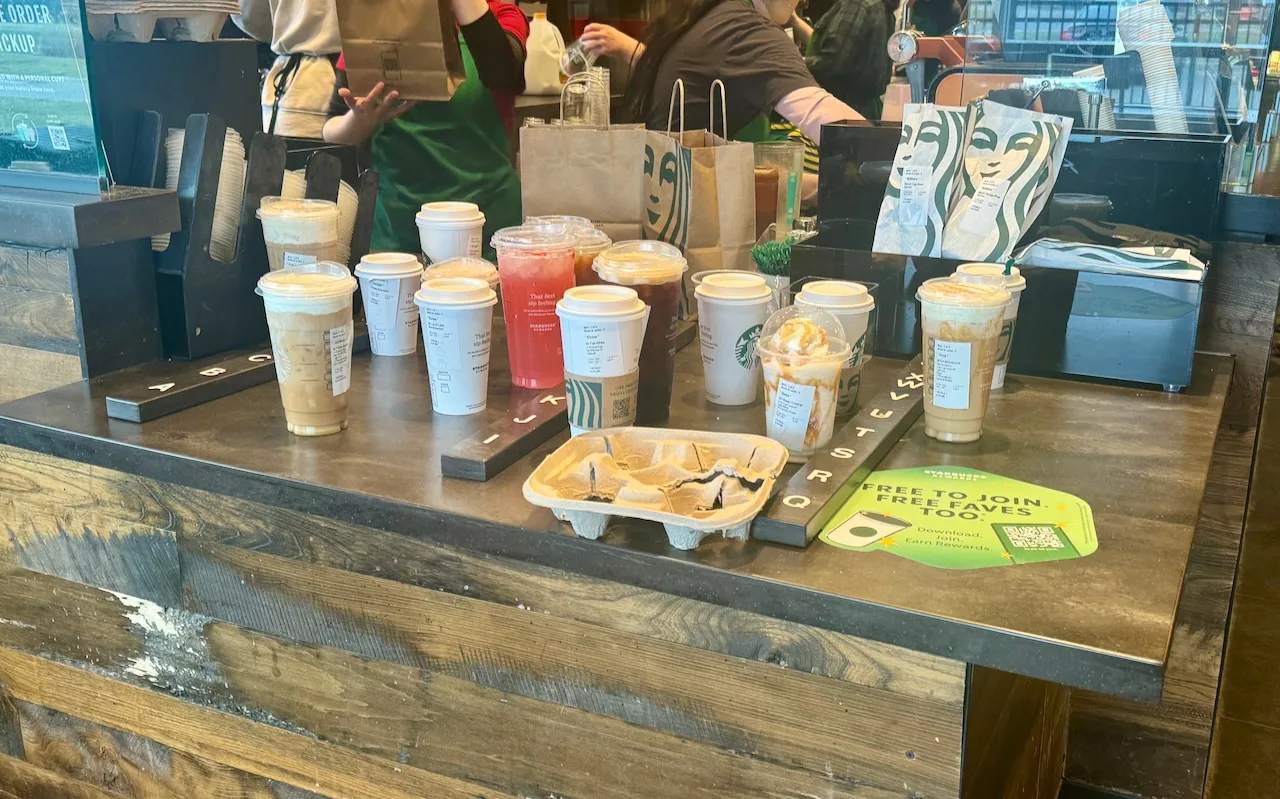
Variation with the Timing of Pouring Nitro Cold Brew
My favorite beverage at Starbucks is the Nitro Cold Brew. I'm a long-time plain black coffee drinker. So, Starbucks finally figured out a way to extract $5 from me (similar to the price of a latte) instead of $2. But I enjoy the Nitro a lot — the creamy texture and the lower acidity of cold brew coffee agrees with my stomach.
Being not just quality-minded but also efficiency-minded, I almost always take advantage of the Starbucks mobile app to order. If I'm about five minutes away from a location, I'll put in my order via the mobile app with the expectation that the drink might be ready for me when I arrive. It usually is. Or, I'll have a shorter wait.
Or, I run into process variation that's even more frustrating.
In the last photo, above, see how crowded that counter is.
How many drinks and food items are waiting for customers to pick them up?
Duplicating part of that image, below, I count at least 16 drinks, two food items, and two bags waiting for pickup.
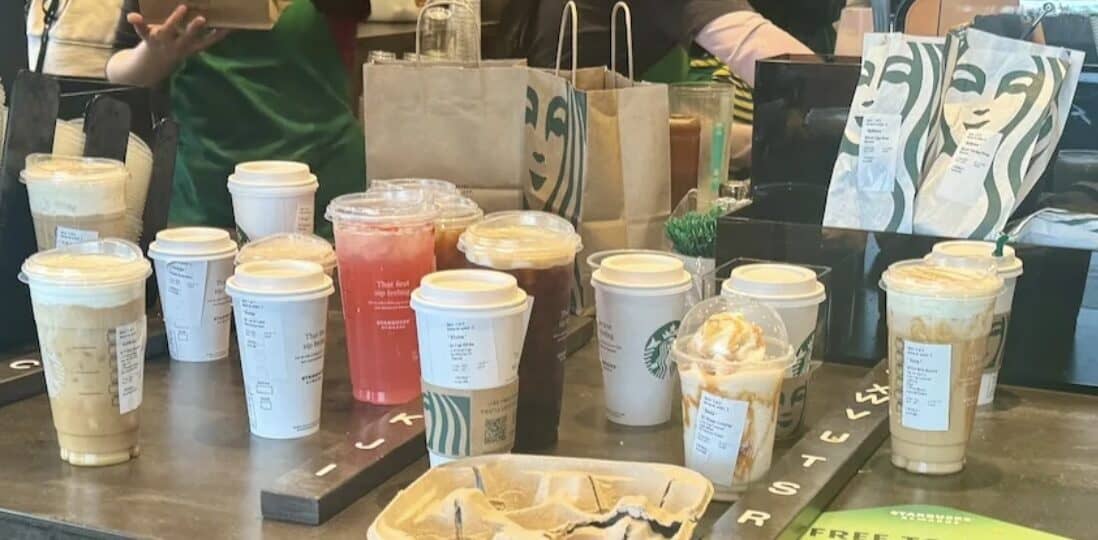
When I arrived, I could see the store was busy. I stood there for at least ten minutes, patiently waiting. The funny thing was that I didn't see many beverages being taken from the pickup area.
Drinks were sitting there either getting cold or getting warm.
It makes me wonder how many customers order a beverage through the mobile app but never come to pick it up?
I didn't see my nitro. After about ten minutes, I asked a barista when they'd be making my drink, that I had been waiting a while.
I was told:
“Oh, we wait until the customer is here before pouring the Nitro.”
That was news to me! This was a location that I was visiting for the first time. Their policy isn't something I've run across at other locations, let alone the store I usually go to.
I was a little annoyed. How was I supposed to know that I needed to announce my arrival for my Nitro Cold Brew? It's not like they had a sign or some notification in the app to inform me of that.
After that exchange, I had my beverage in about a minute.
I again ran into that same policy (“don't pour the nitro until the customer arrives”) at another location. I asked why they do that and was told:
“We want you to have a great beverage, and if we pour it too early, it's been going flat.”
Now this was even more puzzling to me as a frequent consumer of this drink that has nitrogen infused in the way that a Guinness stout does. When the drink is first poured, you get this beautiful cascading nitrogenation:
After a few minutes, you're left with a dark brown beverage with a light-colored head on top. The beverage doesn't look fizzy like carbonated water, beer, or soda. The cascading effect is done, but the drink still has the creamy mouthfeel. It hasn't gone flat or bad. See below:
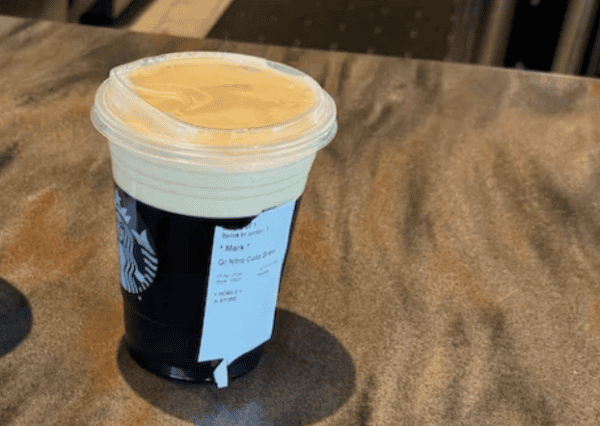
I sometimes nurse one of these drinks for an hour, and the texture and creaminess stays the same. These drinks don't really go flat in a way that changes the beverage.
So I think the store's theory about drink quality isn't really valid.
If they're willing to let a cappuccino start getting cold–or let a Frapuccino start melting–while waiting for customer pickup, they should be willing to let a Nitro Cold Brew sit there for a few minutes… as most stores do!
Now in one of the photos above, part of it shared again below, I walked in to see this:
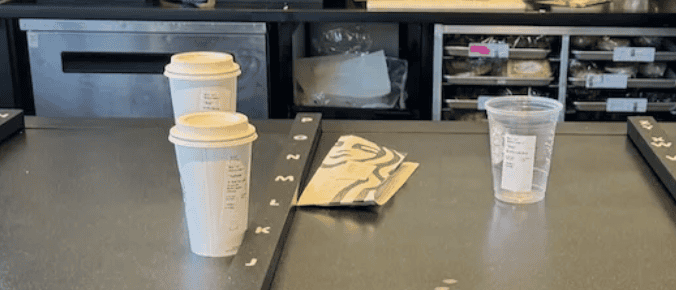
I saw an empty cup in the “M” position. I looked closer to see my name and Nitro Cold Brew on the label.
So, I asked if they had been waiting for me to arrive… yes. This store followed that policy. But I'd say the empty cup visual was really helpful. I still don't like the “wait until you arrive” policy. But at least I was starting to learn to ask.
The last time I visited my regular home location, they made the Nitro Cold Brew for me before I arrived. That's their standard process.
I asked the manager why some stores won't pour a Nitro until the customer arrives, and he said:
“It's an old policy that some stores still adhere to.”
There's that store-to-store variation again!
My suggestion to Starbucks is to put more emphasis on creating a consistent beverage ordering and pickup experience at their locations.
One Other Observation on Mobile Ordering
Within the past year, Starbucks has added status notifications that appear on the lock screen of my iPhone.
There's first a confirmation that the order has been received. That's helpful, because there are times when I've arrived to pick up my drink only to find that I hadn't tapped the final order submission button in the app.
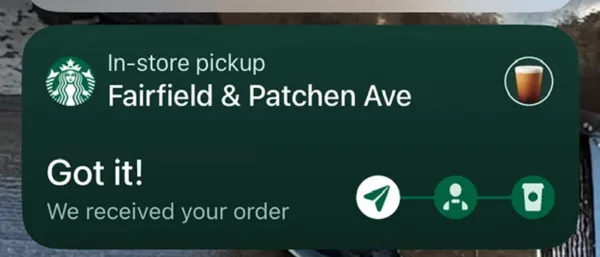
Then, there's a second notification that the beverage making is in progress. It seems like there's a tablet device behind the counter that requires barista interaction. The order status notification isn't an automated process on their end.
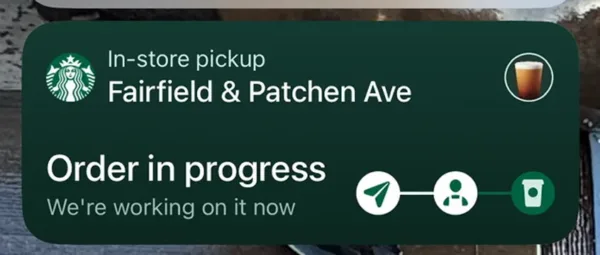
I wonder if Starbucks introduced that technology in a way that takes into account the extra time and labor required to manage the status updates in addition to the baristas' core job of making beverages?
And then, the phone gives this notification:
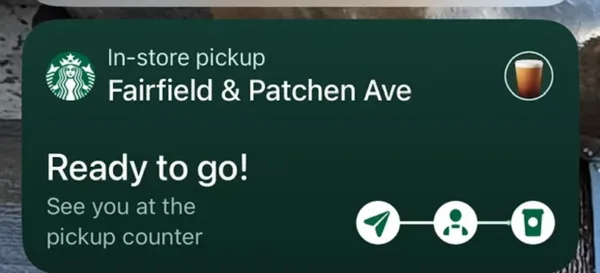
But, because the order updates are done manually, I've quite often had my beverage in hand before getting the “Ready to go!” notification.
I wonder if those notifications are really beneficial to us as customers… and are they worth the extra technology and labor cost for Starbucks?
I presume that orders are fulfilled on a first-come-first-served basis from the mobile orders. The technology does open up possibilities, including:
First, Starbucks should know when I arrive, thanks to the GPS on my phone. If they were going to wait to for me to arrive and announce myself before making my Nitro (again, that's an outdated policy), the app could automate that if I gave permission. The “MyChart” app for my primary care physician knows when I've arrived for an appointment…
Secondly, Starbucks could have an order-sequencing algorithm (a “production schedule” of sorts) that's based on how far mobile ordering customers are from the store. The store might prioritize the making of a beverage for a customer who is two minutes away from the store compared to one who is 15 minutes away.
A policy and process like that might 1) reduce customer waiting times and 2) ensure beverages are fresher.
But, again, would that additional complexity be worth it?
Please scroll down (or click) to post a comment. Connect with me on LinkedIn.
Let’s work together to build a culture of continuous improvement and psychological safety. If you're a leader looking to create lasting change—not just projects—I help organizations:
- Engage people at all levels in sustainable improvement
- Shift from fear of mistakes to learning from them
- Apply Lean thinking in practical, people-centered ways
Interested in coaching or a keynote talk? Let’s start a conversation.





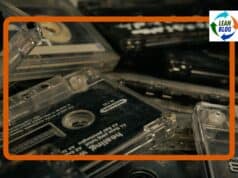




The mobile ordering system is why I stopped going to Starbucks. Like you, I order a simple drink, a cold brew, black. I was road-tripping with my toddler, and we both needed a break from the car. As I entered Starbucks, I could tell it was busy because I saw a mobile order station filling up, just like the picture in this post. And, I also saw about 15-20 people inside the store, staring blankly into space waiting for their order.
I wasn’t deterred, after all, we needed a break from the car and my drink is easily made…right?
-10 min go by…Barista tells me there is nothing they can do, the drinks are made in the order the come in…
-15 min go by…I check back in…she tells me almost….
-25 min go by…I now have a screaming toddler and have to beg her to make my drink, which only consists of pouring a liquid into a cup and handing it to me. She does so reluctantly.
As a former barista (though not Starbucks) we called these quick drinks “counter” drinks. The person taking your order was responsible for making these immediately and handing them to the customer.
The mobile ordering system introduces complete chaos into the process with an extremely long, indiscriminate queue. The customers who are face to face and waiting, watch in dismay as mobile orders are fulfilled for customers who haven’t even left yet their house.
That’s a great example of the chaos. First-In-First-Out is not the goal… perfectly matching production to customer demand in real-time is ideal.
Add the additional complexity of the drive-thru line… Starbucks still doesn’t seem to have it all figured out.
And to be clear, I’m not blaming the baristas for this. It’s a system design issue that Starbucks executives are ultimately responsible for.
I completely agree! Sorry if that wasn’t clear. They are under pressure to see out this company policy that makes no sense. The barista did so reluctantly because I felt she was afraid to be reprimanded. They aren’t empowered to do the thing that kinda makes sense in the moment.
Hi Mel — Oh your comment was clear.
I was just being proactive in case anybody reading this post thought I was blaming the baristasfor something out of their control.
Join the discussion on Linkedin:
It appears that Starbucks is franchised out as most most other establishments. Different Starbucks have different rules. However, the Head of Starbucks should have a mandate advising all of the franchised Starbucks to adhere to the same standard and rules as the parent company. What was the best quality has become the poorest quality allowing franchises to make their own rules. There is inconsistency of the product received. This also rolls over to product delivery.
Starbucks doesn’t have franchises. About half of the stores are company owned and the other half or so are “licensed” which probably gives Starbucks more control.
https://www.businessinsider.com/why-starbucks-doesnt-franchise-2016-9
“In his book 1997 book “Pour Your Heart Into It,” Schultz described in more detail why he’s opposed to franchising, admitting he wants to maintain a “fanatical” level of control over his stores.”
But that fanatical level of control doesn’t lead to a fanatical level of consistency and standardization??
A small side-step from mobile orders is drive-thru. I tweeted/X’d at Starbucks earlier this week when I discovered that 2 visits to the exact same location ordering the exact same coffee charged me two different prices. What the heck? Have not received a response yet. I might go in to see a manager next time I am there. (It’s near my veterinarian’s office, dog has been sick, blah blah blah.)
What’s the beverage that you got charged differently for? Was a drink with modifications? Regional difference in pricing generally?